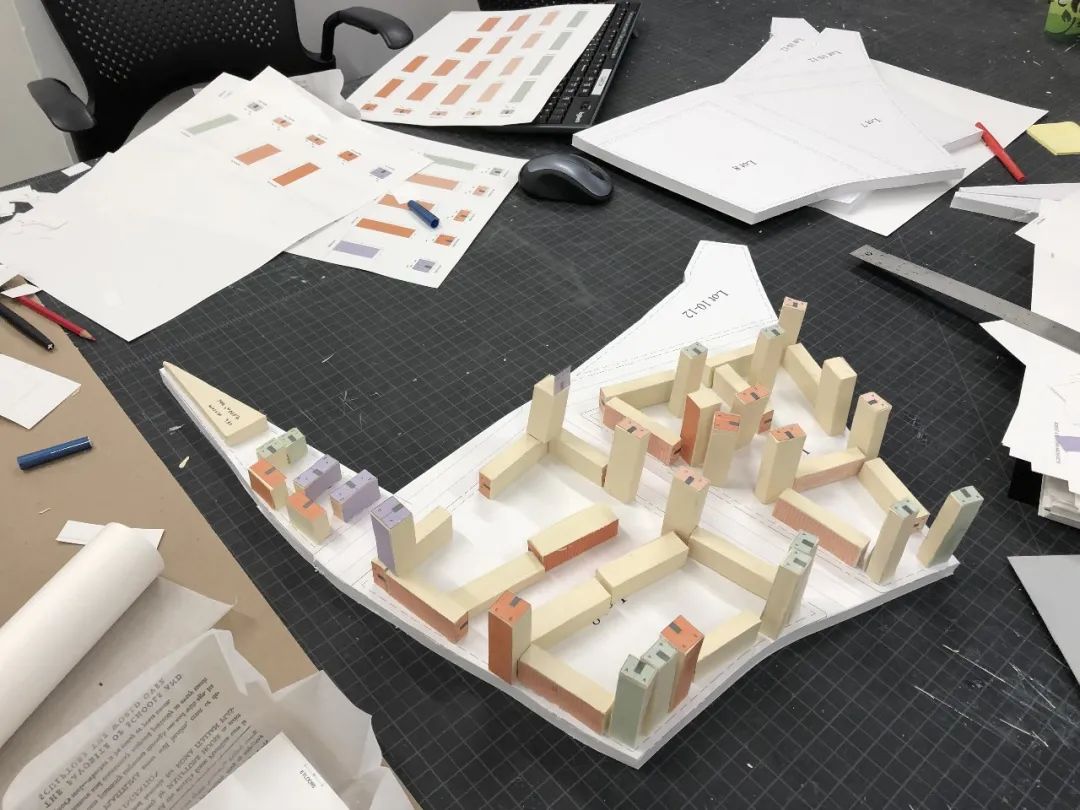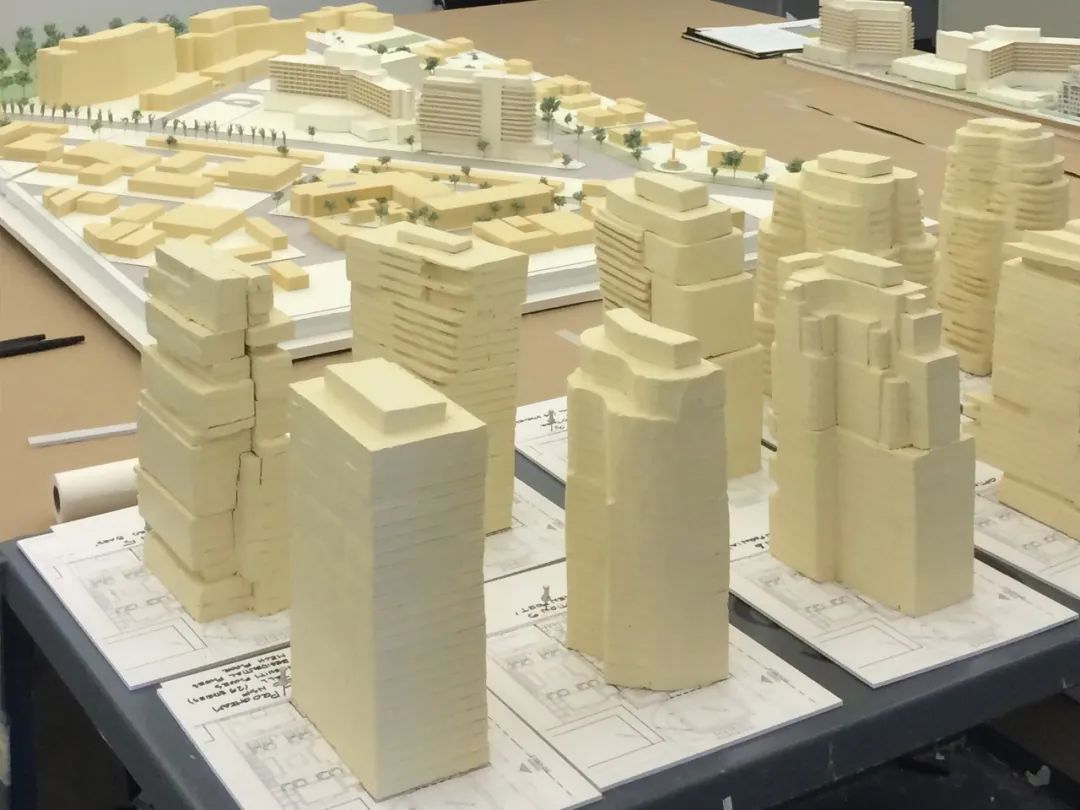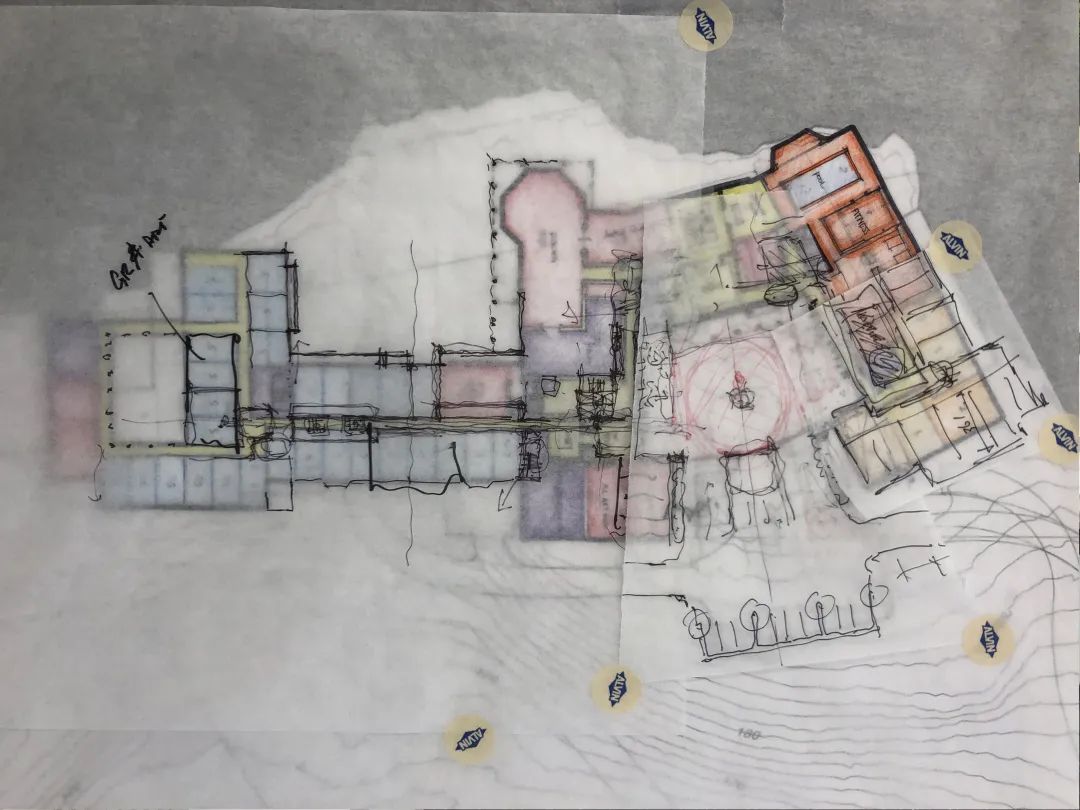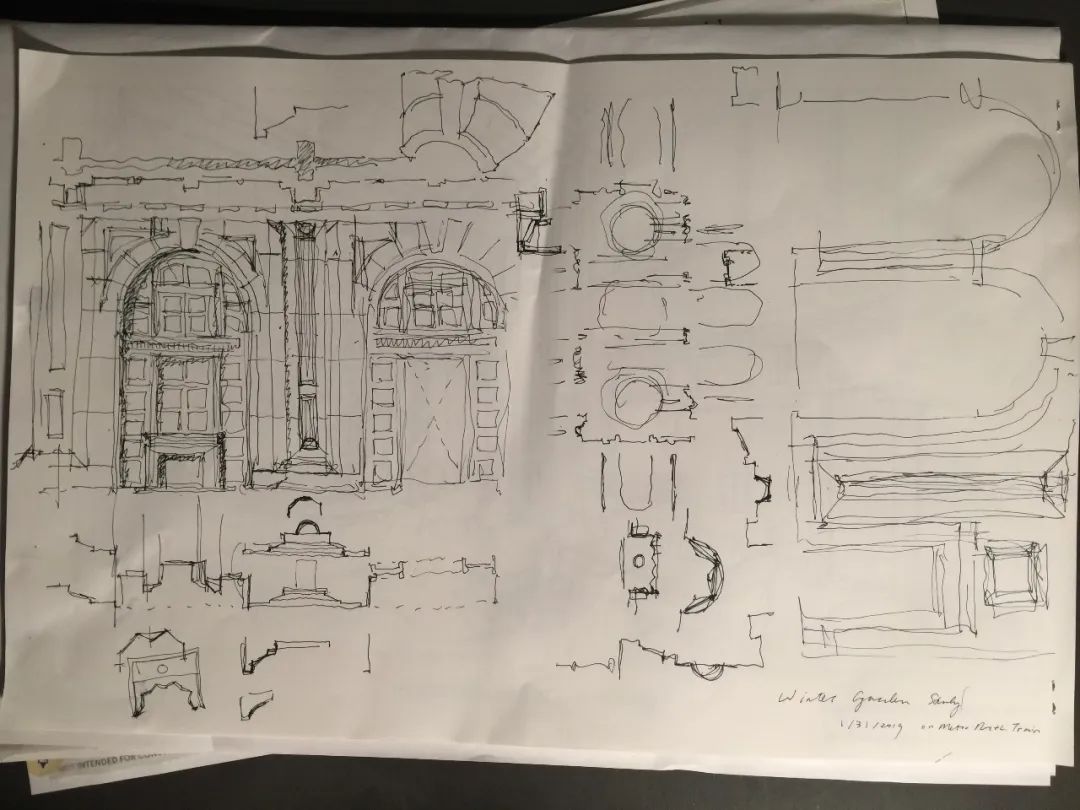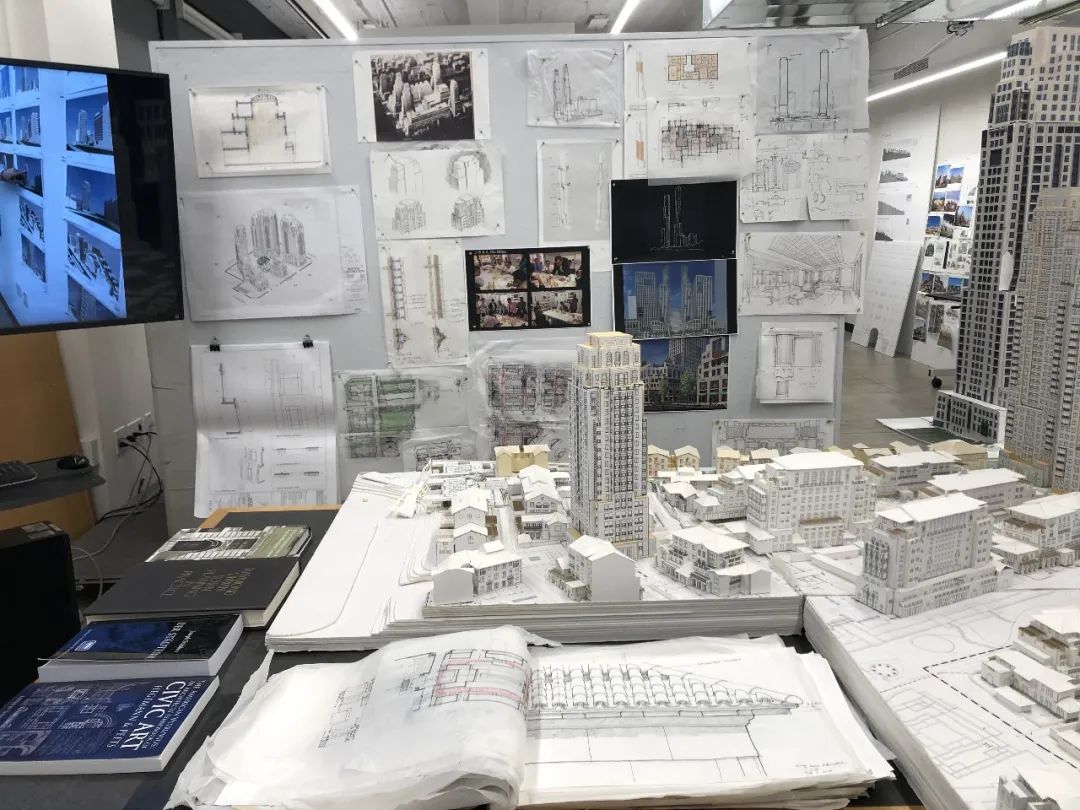
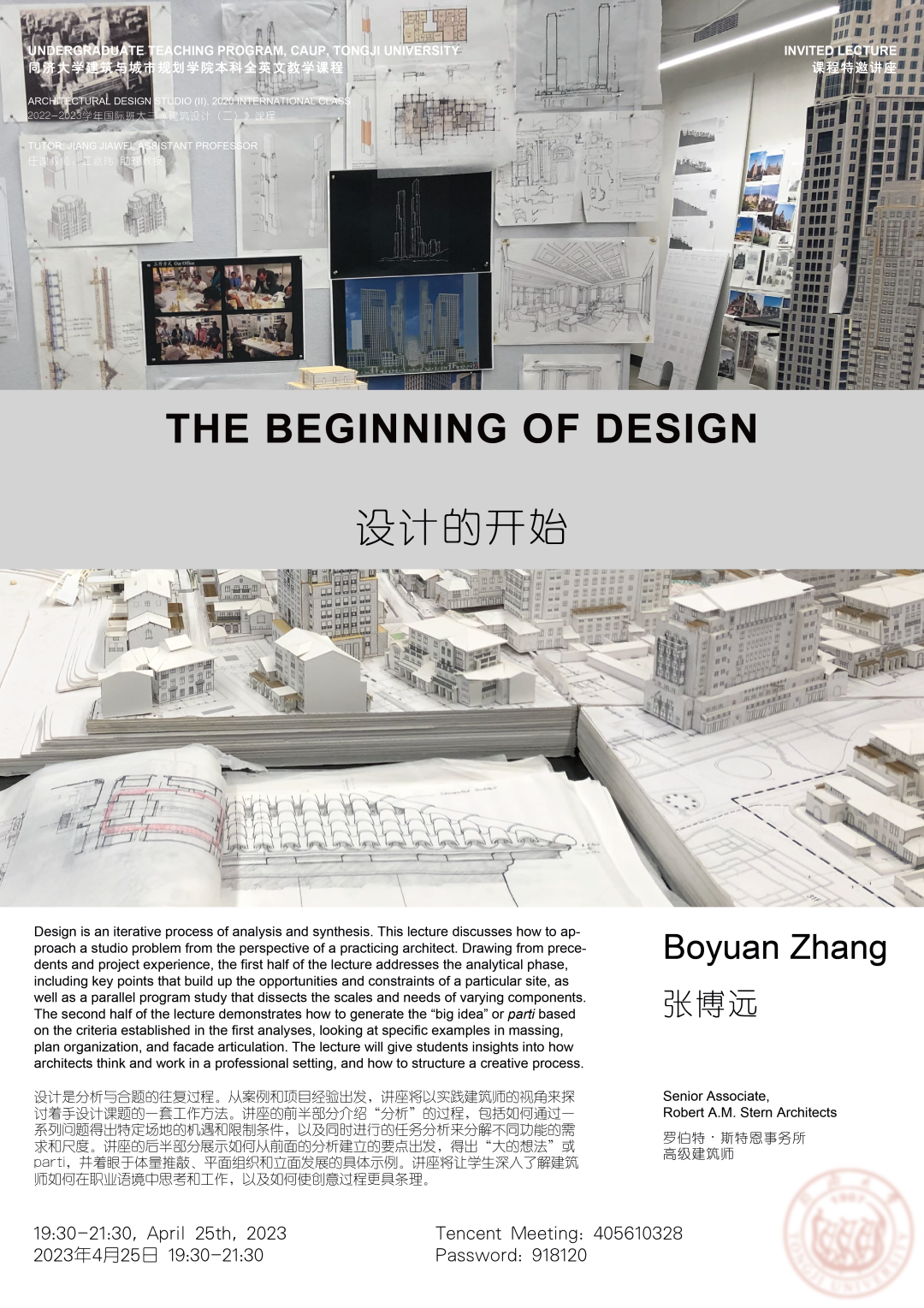
Time: 19:30-21:30, April 25th
Tencent Meeting Room:405610328 Password: 918120
Link: https://meeting.tencent.com/dm/JG3jwPI1GMdu
The Beginning of Design
Boyuan Zhang
Senior Associate, Robert A.M. Stern Architects
Boyuan Zhang designs and manages large-scale, mixed-use projects with a dedication in placemaking.
Combining an analytical mind and a skilled, artistic hand, Boyuan seeks the most appropriate design that aligns with the client’s goals. Boyuan believes that connecting to a place’s cultural traditions brings out long lasting values, and endeavors to revive the best from history to fit contemporary lifestyle through rigorous research and creative adaptation.
Boyuan currently leads the design of a senior living community near Boston, MA. He also manages the project team of Hengqin International Plaza, a prominent gateway to mainland China. He has served as the project manager of Phoenix One in Qingdao, the lead designer of Metropolis One in Tianjin, and a core team member of Lakeville V in Shanghai. His previous experience spans across planning, high-end residential, hospitality, retail, conference and exhibition, as well as interior design in the U.S. and across Asia.
Parallel to his design practice, Boyuan’s research and writings are featured in seminars and publications. Boyuan is a registered architect in the State of New York and a member of the American Institute of Architects. Boyuan received his Master of Architecture from Yale University, and his Bachelor of Architecture from Tsinghua University.
Design is an iterative process of analysis and synthesis. This lecture discusses how to approach a studio problem from the perspective of a practicing architect. Drawing from precedents and project experience, the first half of the lecture addresses the analytical phase, including key points that build up the opportunities and constraints of a particular site, as well as a parallel program study that dissects the scales and needs of varying components. The second half of the lecture demonstrates how to generate the “big idea” or parti based on the criteria established in the first analyses, looking at specific examples in massing, plan organization, and facade articulation. The lecture will give students insights into how architects think and work in a professional setting, and how to structure a creative process.
 ABOUT US
ABOUT US



